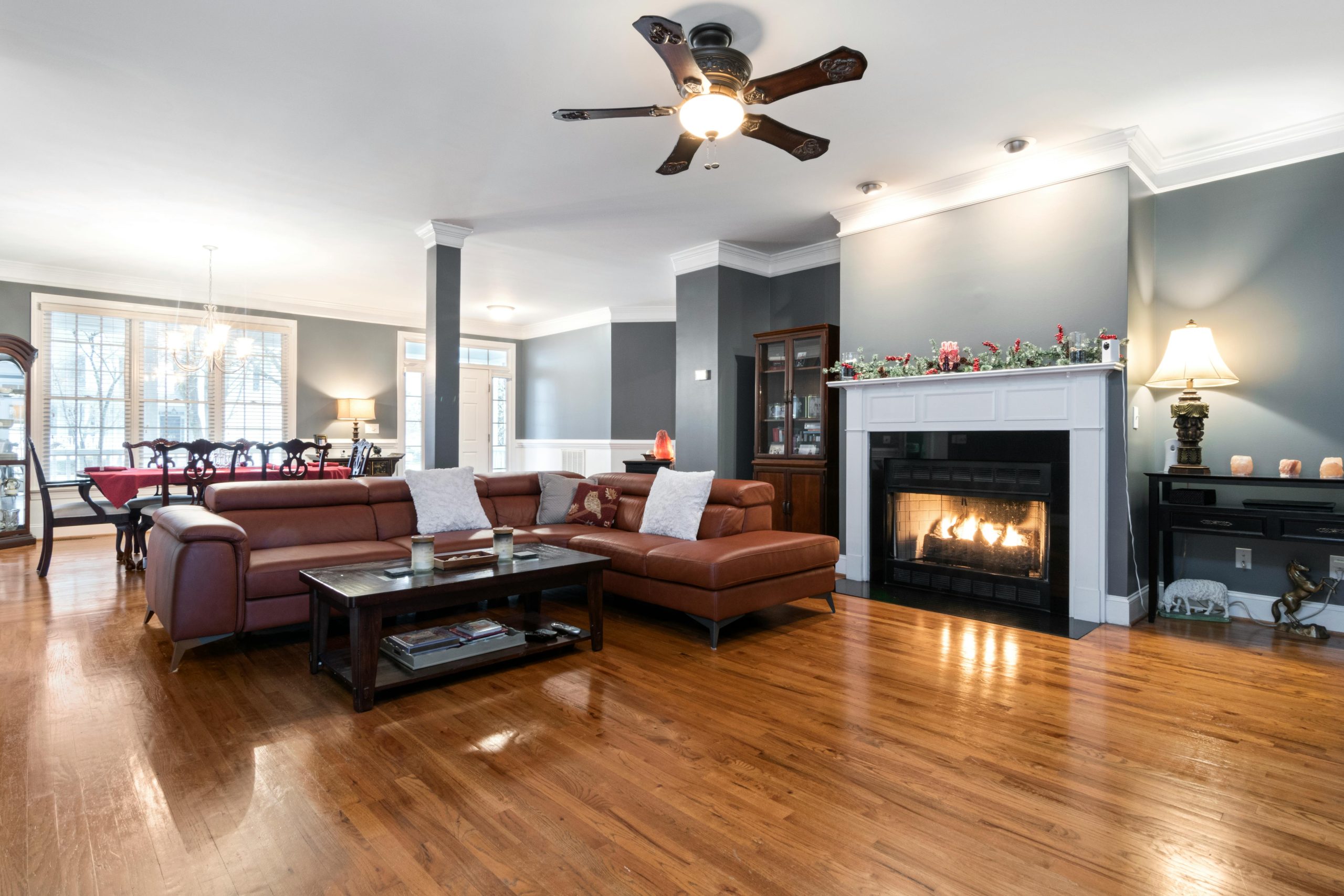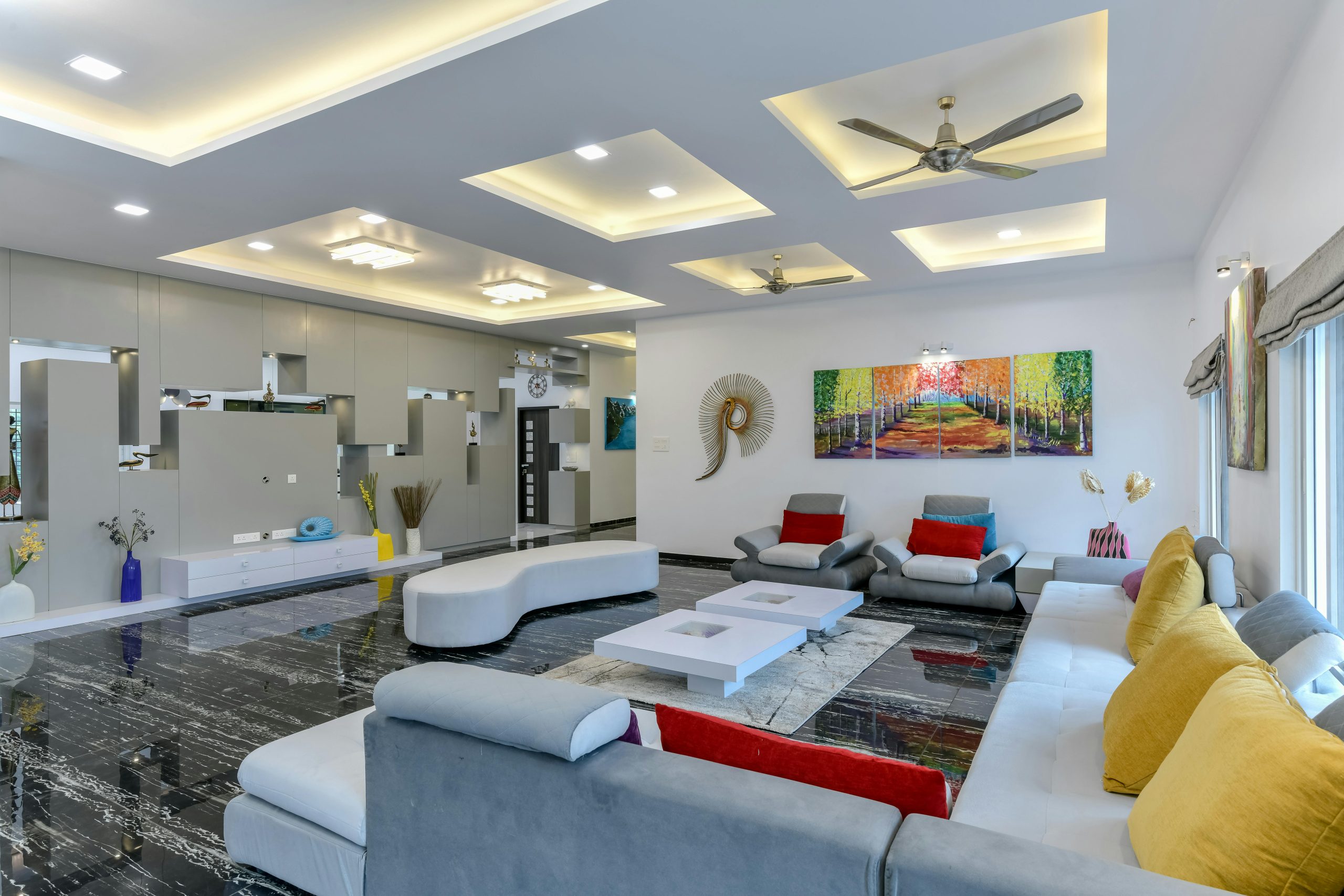Function in Interior Design
“Form follows function”. You’ve probably heard this phrase before. However, do you know what it means? Well, it’s a design principle that originated in the late 19th and early 20th century. The term was coined by an American architect named Louis Sullivan. Today, all students pursuing interior design and decoration courses are taught about this very important principle. If you want to become an interior designer, knowing what this term stands for is imperative. As the phrase implies, the idea behind this principle is simple. It means that the form or appearance of an object or space becomes determined by its purpose. By following this thumb rule, interior designers will be able to figure out the layout, arrangement and aesthetic of a place. By choosing a particular type of furniture, a place will only be dictated for its intended use.
As an interior designer, you don’t need to individually work on form or function. Once you understand what form stands for, functionality will automatically follow.
What is Form in Interior Design?
Form in interior design is an element of art. It is a three-dimensional outline that externally impacts patterns, colour and texture. Form includes length, breadth, mass, height and even volume of a room. A lot of people mistakenly choose form over function. However, that doesn’t work. If you buy an object or piece of furniture by only prioritising the look of the piece, your room will feel extremely uninviting and uncomfortable. For instance, do you want a chair that only looks good but nobody is ready to sit on it as it’s so impractical? This doesn’t make any sense, right?
Fortunately, when you abide by the “form follows function” rule, you can pick furniture pieces for their functionality and still fit your design aesthetic. Not all good-looking furniture is uncomfortable. There are several pieces available in the market that scream functionality too.
The trick is to invest in stuff that is functional, practical, usable and comfortable. In short, pick furniture pieces for their intended use first and then look at aesthetic. No one would want to wear a gorgeous throw on them if it makes them feel itchy. When you choose function over form, you will end up with a product that looks good and promises ultimate comfort.
Types of Form in Interior Design
- Geometric Form: It surely gives a clean, controlled look. Pieces are picked according to their geometric shapes and usually give a room a modern, uncluttered, elegant and sophisticated look.
- Organic Form: This is usually inspired by nature and has no exact patterns or dimensions thereby giving it a natural look. For example, a bark shaped dining table.
- Open Form: These are objects in a home design that can be seen with the naked eye. For example, a lamp.
- Closed Form: There are outlines or forms that are not visible to the naked eye. For examples, a closed wooden cabinet. Until we don’t open it, we don’t know how the layout is inside.
Form and function go hand-in-hand in interior design. Before working on a space/room, it’s important to have an open-plan ready. It should be according to the intended functionality of the place rather than only focusing on ornamentation. For example, a kitchen is usually placed close to the dining area as it eases the movement of food. If the dining area and kitchen are on different floors, won’t it be cumbersome to take food up or down?
How to Prioritise Function over Form in Interior Design?
When an interior designer starts designing a space, it’s like a blank canvas for them. They make adjustments based on the functional requirements of a space and the floor plan. Sometimes, in the urge of creating a perfect aesthetic, you might miss out on function. Let’s look at how you can prioritise function over form:
Create a functional floor plan and then build from there
Any house design begins with a floor plan. Lay out the positioning and sizing of the rooms such as living room, bedroom, bathroom, kitchen, etc. Choose pieces of furniture that fit your usage. Do not buy a sofa if it isn’t going to accommodate all the members of the house.
Be detailed in your planning
When you’re choosing furniture for any room, check the size, texture and colour of the material. It should match the aesthetic of the room and be comfortable at the same time.
Choose pieces in order of importance
Don’t just go on a furniture buying spree. Start with the room that is going to be used the most. Generally, people shop for the living room first followed by all the other rooms in the home. A hall sets the tone and mood of a home. Choose pieces that best suit your family and their lifestyle.
To Summarise
Undoubtedly, form is an integral aspect of interior design. The real meaning of architecture lies in defining the purpose of a room. Once this is done, aesthetics and form will merge together. Prioritising function over form is all about curating spaces that are impactful and aesthetically-pleasing. In a well-designed space, all the elements will be in harmony with each other. The best BSc in Interior Designing courses will accurately teach students about form and function.




